In the Wells Fargo convention hall at the Democratic National Convention, sections of the attendees—particularly the California delegates—held signs with the letters “TPP” circled and slashed in red.
The protest signs refer to the Trans-Pacific Partnership—the most recent and controversial international trade agreement.
President Barack Obama, who signed the deal in February, continuously defends and champions the prosperity promised by the trade deal, but when speaking in the convention hall, he made no mention of it.
Both presidential candidates, Donald Trump and Hillary Clinton, have publicly opposed the deal. In each of the candidate’s acceptance speeches, the candidates referred disparagingly to it—although Clinton didn’t name the TPP directly.
“It’s going to make it hard to move on the TPP,” said Phil Levy, commenting on the effects of the political discord at the convention. Levy was Sen. John McCain’s adviser on trade when he ran for president in 2008.
The trade agreement was signed on Feb. 4 after years of secretive compromises drawn up by 12 countries on the Pacific Rim: the United States, Japan, Malaysia, Vietnam, Singapore, Brunei, Australia, New Zealand, Canada, Mexico, Chile, and Peru.
The trade agreement still has to be ratified by all participating countries by Feb. 4, 2018, and to expedite the process, Obama approved a fast track to push the legislation through ratification, although it’s not expected to be brought before Congress until after the 2016 election.
TPP’s Potential Impact
The first and most direct result of implementing the TPP would be to cut costly tariffs that affect companies wanting to trade in international markets. Increased trade also entwines diplomatic interests between countries in the Pacific, and lessens all of the countries’ dependence on China for trade.
If successfully implemented, the agreement will act similarly to the Transatlantic Trade and Investment Partnership (TTIP), which was devised between the United States and the European Union to strengthen economic ties between the two powers.
U.S. industries expected to see an increase in exports from the deal are agriculture, tech, and large manufacturers of machinery. Among those expected to lose out is the automotive industry.
Supporters
After signing the trade deal in February, Obama has been traveling around the world and pushing the TPP as a way to engage with the global economy.
“We are part of a global economy. We’re not reversing that,” the president said during a press conference with Singaporean Prime Minister Lee Hsien Loong on Aug. 2. “The notion that we’re going to pull that up root and branch is unrealistic.”
The trade deal has support across the aisle from powerful Republicans, including House Speaker Paul Ryan and vice presidential nominee Mike Pence.
“A successful TPP would mean greater American influence in the world and more good jobs at home,” Ryan said in a statement stressing standards. “But only a good agreement—and one that meets the standards passed by Congress via Trade Promotion Authority—will be able to pass the House.”
Lobbyists for industries that stand to benefit from the trade agreement have launched a well-funded national effort to lobby their way to TPP approval. Trade Benefits America, for example, has launched a grassroots campaign, sending members of Congress between 60 and 70 pro-TPP letters every day, according to a report by Politico.
Opponents
Critics of the trade agreement can be found on both sides of the political aisle.
Activists protesting on the liberal side of the political spectrum—like those at the DNC—have been led by Sens. Bernie Sanders (I-Vt.) and Elizabeth Warren (D-Mass.), who argue the trade agreement benefits multinational corporations while having a negative impact on the poor.
Sanders has repeatedly raised concerns about the TPP’s impact on the availability of medicine in some nations. Under the deal, pharmaceutical prices are expected to rise, and large pharmaceutical corporations could potentially sue countries over national health rules deemed to be interfering with free market principles.
Warren has also raised concerns over the TPP’s benefits for large corporations. She argued that a majority of those involved in crafting the deal “are senior corporate executives or industry lobbyists,” in a speech she gave on the Senate floor opposing the deal days before Obama signed it.
On the Republican side, Trump has spearheaded protest against the TPP guided by the fear of a diminished domestic economy and an increase in foreign influence.
“[Hillary Clinton] has supported the Trans-Pacific Partnership–which will not only destroy our manufacturing, but it will make America subject to the rulings of foreign governments,” Trump said in his acceptance speech at the Republican National Convention.
“I pledge to never sign any trade agreement that hurts our workers, or that diminishes our freedom and independence,” he said, instead promising to “no longer ... enter into these massive transactions, with many countries, that are thousands of pages long—and which no one from our country even reads or understands.”
Other Republicans who have come out against the TPP are former Gov. Mike Huckabee (R-Ark.), Sen. Rand Paul (R-Ky.), Gov. Chris Christie (R-NJ), and Sen. Rick Santorum (R-Penn.).
Political Implications
The political lines are drawn differently around the Trans-Pacific Partnership than with other issues.
Hillary Clinton, one of the architects of the TPP, has come out as opposed to the trade deal—and by extension, the president—after supporting it for years.
Clinton previously called the TPP the “gold standard” of trade deals while serving as secretary of state, before opposing the deal during the Democratic nomination process.
Even so, last week, close ally Virginia Gov. Terry McAuliffe contradicted the Clinton campaign, speaking confidently that Clinton would be in favor of the deal if she got into office.
“I worry that if we don’t do TPP, at some point China’s going to break the rules—but Hillary understands this,” said McAuliffe, who was then asked whether or not Clinton supports the trade deal.
“Yes. Listen, she was in support of it. There were specific things in it she wants fixed,” he said.
The Clinton campaign was quick to disavow and dispute McAuliffe’s comments, but it does stoke the fear of activists opposing the deal.
Comments like McAuliffe’s make it appear that Clinton is taking a familiar position as Obama did in 2008—to “neither take a position opposing or promoting the trade deal,” said Levy.
Clinton’s change in position, and potential reversal if she’s elected president, has provided Trump with opportunities to attack her on the issue.
Trump has argued that Clinton is untrustworthy and will eventually back the TPP. He has also used the TPP as an example to say that Clinton is in the pocket of big business and has sided with expanding globalism and selling out domestic jobs overseas—an argument also made by Sanders during the Democratic primaries.
The issue is especially relevant to a crucial demographic that Trump and Clinton are vying for in the lead up to the election—the white working class that live in Middle America’s “Rust Belt.”
The “Rust Belt”—states with a high number of factory jobs, like Ohio, Pennsylvania, and Michigan—was one of the hardest hit areas after the implementation of NAFTA, and one argument against trade deals like the TPP is that they would further the area’s economic decline.
Ohio and Pennsylvania are both swing states that could potentially decide the election, and winning over those voters is crucial for securing victory.
Recognizing this, the Clinton campaign’s first trip after the Democratic National Convention was a bus tour through Western Pennsylvania and Ohio.
CORRECTION: An earlier version of this article misstated the industries expected to benefit from the trade deal. Agriculture, tech, and large manufacturers are expected to benefit in terms of export numbers, while the automotive industry is expected to lose out.
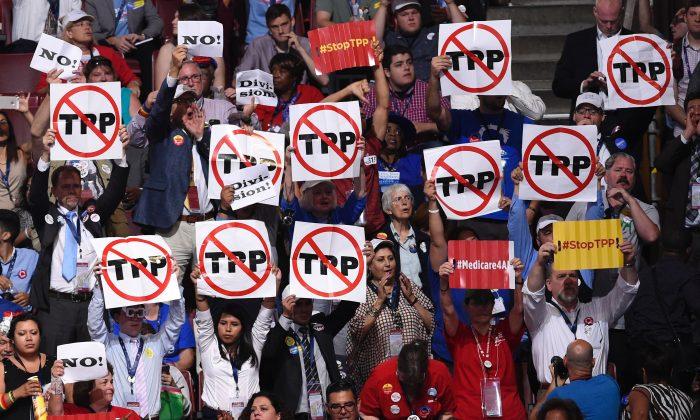
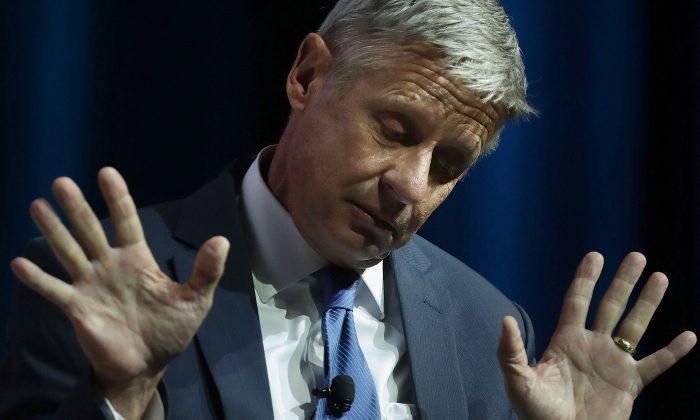
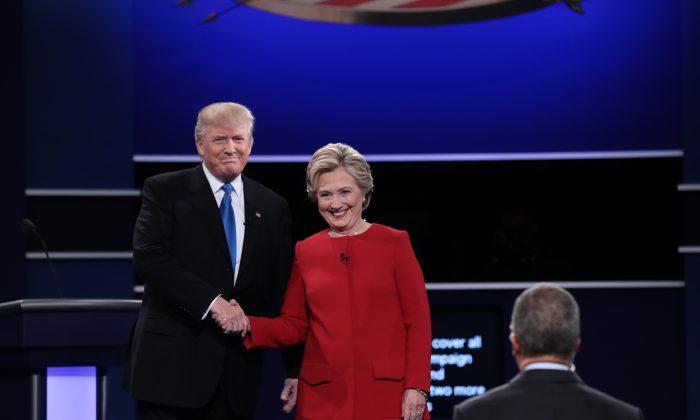
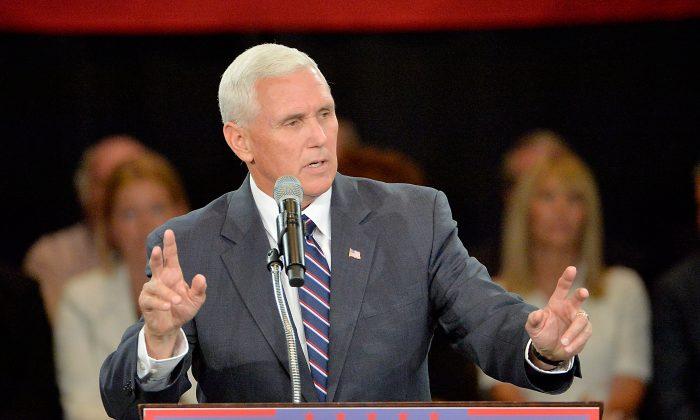
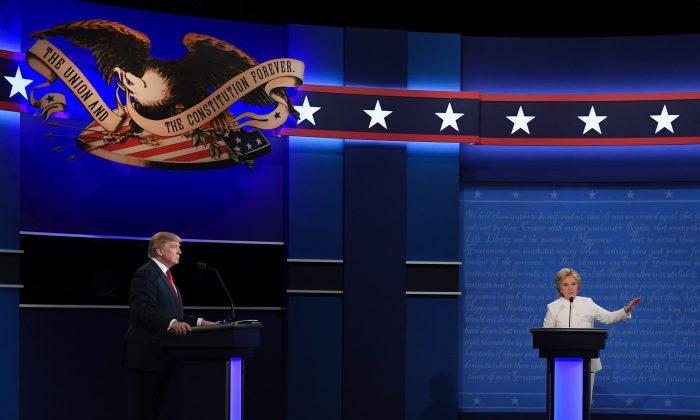
Friends Read Free